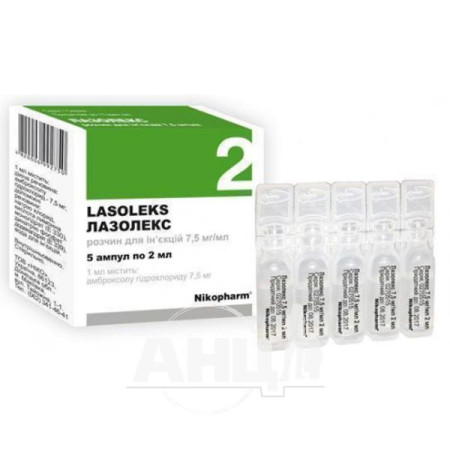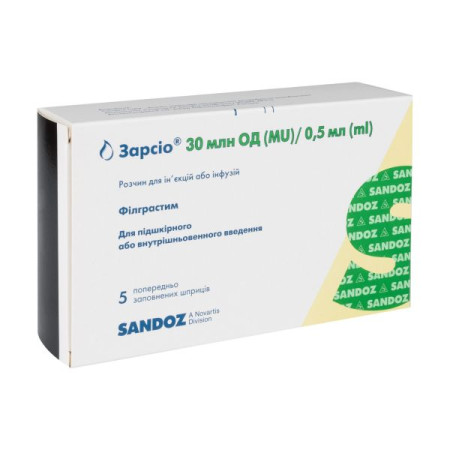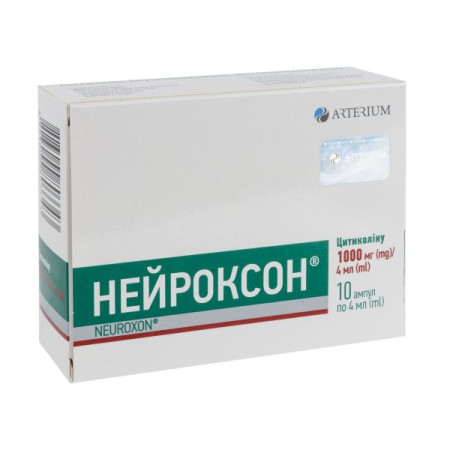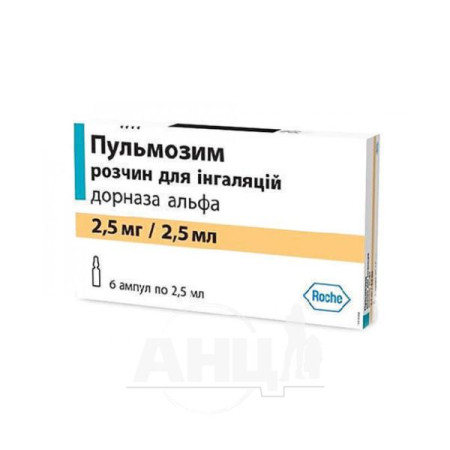Revit dragee container No. 80

Instructions Revit dragee container No. 80
Composition
active ingredients: retinol (vitamin A), thiamine (vitamin B1), riboflavin (vitamin B2), ascorbic acid (vitamin C);
1 dragee contains retinol acetate (vitamin A) – 0.86 mg (2500 IU); thiamine hydrochloride (vitamin B1) – 1 mg; riboflavin (vitamin B2) – 1 mg; ascorbic acid (vitamin C) – 35 mg;
excipients: starch syrup, sugar, peppermint oil, yellow wax, sunflower oil, talc.
Dosage form
Dragee.
Main physicochemical properties: pills from yellow to orange color. The presence of a specific odor is allowed.
Pharmacotherapeutic group
Vitamins. Multivitamin complexes without impurities.
ATX code A11B A.
Pharmacological properties
Multivitamin complex. The pharmacological action of the drug is determined by the properties of the vitamins included in its composition. The drug regulates metabolic processes, normalizes metabolism.
Pharmacodynamics.
Vitamin A (retinol acetate) plays a key role in the synthesis of protein enzymes and structural components of tissues, is necessary for the formation of epithelial cells, bones and the synthesis of rhodopsin (visual pigment), supports the division of immunocompetent cells, normal synthesis of immunoglobulins and other factors of protection against infections.
Vitamin B1 (thiamine hydrochloride) is an important coenzyme in carbohydrate metabolism and is involved in the functioning of the nervous system.
Vitamin B2 (riboflavin) is an important catalyst for cellular respiration and visual perception.
Vitamin C (ascorbic acid) participates in the body's redox processes, hemoglobin synthesis, affects amino acid metabolism, accelerates the absorption of iron from the gastrointestinal tract, increases the body's nonspecific resistance, and is necessary for the growth and formation of bones, skin, teeth, and for the normal functioning of the nervous and immune systems.
Pharmacokinetics.
After oral administration, the drug is well absorbed from the small intestine into the systemic circulation, penetrating into all organs and tissues.
Indication
Prescribe as a preventive and therapeutic agent for conditions accompanied by an increased need for vitamins by the body - increased physical and neuropsychic stress, especially under adverse environmental conditions; the recovery period after illnesses; to increase the body's resistance to infectious and cold diseases.
Contraindication
Chronic heart failure, arterial hypertension (severe forms), hypersensitivity to the components of the drug, fructose intolerance, glucose-galactose malabsorption syndrome, hypervitaminosis A, thrombosis, tendency to thrombosis, thrombophlebitis, diabetes mellitus, chronic glomerulonephritis, severe kidney and liver diseases, active hepatitis, gastric and duodenal ulcers, neoplasms, sarcoidosis in history, iron or copper metabolism disorders, children under 3 years of age. Urolithiasis - when using doses of more than 1 g per day.
Interaction with other medicinal products and other types of interactions
Revit is not recommended to be prescribed together with other multivitamins, as an overdose of the latter in the body is possible.
Retinol reduces the anti-inflammatory effect of glucocorticoids. It should not be taken simultaneously with nitrites and cholestyramine, as they impair the absorption of retinol.
Vitamin A should not be prescribed with retinoids, as their combination is toxic.
Thiamine hydrochloride, by affecting the polarization processes in the area of neuromuscular synapses, can weaken the curare-like effect.
Riboflavin is incompatible with streptomycin and reduces the effectiveness of antibacterial drugs (oxytetracycline, doxycycline, erythromycin, tetracycline and lincomycin). Tricyclic antidepressants, imipramine and amitriptyline, inhibit riboflavin metabolism, especially in heart tissues.
Vitamin C enhances the effect and toxicity of sulfonamides (possibility of crystalluria), penicillin, increases iron absorption, aluminum absorption (consider when simultaneously treating with aluminum-containing antacids), reduces the effectiveness of heparin and indirect coagulants.
High doses of the drug reduce the effectiveness of tricyclic antidepressants, neuroleptics - phenothiazine derivatives, tubular reabsorption of amphetamine, disrupt the excretion of mexiletine by the kidneys, and affect the resorption of vitamin B12.
Simultaneous administration of vitamin C and deferoxamine increases tissue iron toxicity, especially in the heart muscle, which can lead to circulatory decompensation. Vitamin C can be taken only 2 hours after the injection of deferoxamine.
Long-term use of large doses of the drug reduces the effectiveness of disulfiram treatment, inhibits the disulfiram-alcohol reaction. Ascorbic acid increases the total clearance of ethyl alcohol.
Vitamin C increases the excretion of oxalates in the urine, thus increasing the risk of oxalate stone formation in the urine, and increases the risk of crystalluria during treatment with salicylates.
Choline preparations, calcium chloride, salicylates, and corticosteroids, when used for long periods of time, reduce the body's stores of ascorbic acid.
When the drug is used simultaneously with acetylsalicylic acid, the urinary excretion of ascorbic acid increases and the excretion of acetylsalicylic acid decreases. Taking acetylsalicylic acid reduces the absorption of ascorbic acid by approximately one third, which requires a corresponding increase in the dose of vitamin C.
Application features
Use with caution in patients with acute nephritis, cardiac decompensation, cholelithiasis, chronic pancreatitis, patients with progressive cancer, allergic diseases, idiosyncrasies, and patients with diabetes mellitus.
Women who have taken high doses of retinol (over 10,000 IU) should plan pregnancy no earlier than 6–12 months later. This is due to the fact that during this time there is a risk of abnormal fetal development under the influence of high vitamin A content in the body.
The drug is not recommended to be prescribed together with other multivitamins, as an overdose of the latter in the body is possible.
When taking high doses and long-term use of the drug, it is necessary to monitor kidney function and blood pressure, as well as pancreatic function.
The drug should be used with caution in patients with a history of kidney disease.
In case of urolithiasis, the daily dose of ascorbic acid should not exceed 1 g.
Large doses of the drug should not be prescribed to patients with increased blood clotting.
Since ascorbic acid increases iron absorption, its use in high doses can be dangerous for patients with hemochromatosis, thalassemia, polycythemia, leukemia, and sideroblastic anemia. Patients with high iron levels in the body should use the drug in minimal doses.
Simultaneous administration of the drug with alkaline drinks reduces the absorption of ascorbic acid, so you should not wash down the tablets with alkaline mineral water. Also, the absorption of ascorbic acid may be impaired in intestinal dyskinesias, enteritis and achilia. Ascorbic acid as a reducing agent may affect the results of laboratory tests, for example, when determining the content of glucose, bilirubin, transaminase activity, lactate dehydrogenase in the blood.
The urine may turn yellow, which is a completely harmless factor and is explained by the presence of riboflavin in the preparation.
Use during pregnancy or breastfeeding
Use during pregnancy or breastfeeding is possible only for preventive purposes after consulting a doctor and strictly following the recommended doses.
To eliminate vitamin deficiency in pregnant women and breastfeeding mothers, preference should be given to specialized vitamin complexes with minerals.
Ability to influence reaction speed when driving vehicles or other mechanisms
There are no data on the effect on the reaction speed when driving or working with other mechanisms, but possible side effects should be taken into account.
Method of administration and doses
The medicine should be taken orally, 10–15 minutes after a meal.
For adults, for prevention purposes, prescribe 1 tablet 2 times a day, for treatment purposes - 2 tablets 3 times a day.
Pregnant women are recommended to use: 1st trimester – 1 tablet per day, 2nd–3rd trimester – no more than 2 tablets per day.
For preventive purposes, children aged 11 and over should be prescribed 1 tablet per day.
For therapeutic purposes, children aged 3 to 10 years should be prescribed 2 tablets per day, and from 11 to 14 years - 3 tablets per day.
The duration of use is determined by the doctor individually and can be 1–2 months.
Recommended doses may be increased upon doctor's prescription.
Children.
The use of the drug is contraindicated in children under 3 years of age.
Overdose
Symptoms: increased side effects of the drug.
Treatment: symptomatic therapy.
Ascorbic acid is well tolerated. It is a water-soluble vitamin, its excess is excreted in the urine. However, with prolonged use of vitamin C in large doses, inhibition of the function of the insular apparatus of the pancreas is possible, which requires monitoring of the condition of the latter. Overdose can lead to changes in the renal secretion of ascorbic and uric acids during urine acetylation with the risk of precipitation of oxalate stones. The use of large doses of the drug can lead to vomiting, nausea or diarrhea, which disappear after its withdrawal.
With an overdose of vitamin B1 - hypercoagulation, impaired purine metabolism.
Side effects
When using the drug in recommended doses, side effects are very rarely possible:
from the immune system: in individuals with hypersensitivity, allergic reactions are possible, including anaphylactic shock, angioedema, hyperthermia, rarely - bronchospasm in individuals with hypersensitivity to vitamins A, C, and B vitamins;
Skin and subcutaneous tissue disorders: skin rash, urticaria, itching, redness of the skin, eczema;
from the nervous system: headache, dizziness, increased excitability, drowsiness, sweating, sleep disturbances, increased fatigue;
Liver and biliary system: impaired liver enzyme activity;
from the endocrine system: damage to the insular apparatus of the pancreas, glucosuria and impaired glycogen synthesis up to the onset of diabetes mellitus;
from the kidneys and urinary tract: crystalluria, damage to the glomerular apparatus of the kidneys, formation of urate, cystine and/or oxalate stones in the kidneys and urinary tract, renal failure;
From the blood and lymphatic system: thrombocytosis, erythrocytopenia, neutrophilic leukocytosis, hyperprothrombinemia, thrombocytopenia. In patients with glucose-6-phosphate dehydrogenase deficiency, it can cause hemolysis of red blood cells, hemolytic anemia (in patients with glucose-6-phosphate dehydrogenase deficiency);
Cardiovascular system: arterial hypertension/hypotension, myocardial dystrophy;
Metabolic: zinc and copper metabolism disorders, anorexia;
others: visual impairment, possible yellow discoloration of urine, prolonged use in high doses may cause irritation of the gastrointestinal mucosa, arrhythmias, paresthesias, hyperuricemia, decreased glucose tolerance, hyperglycemia, impaired renal function, dryness and cracks on the palms and soles, hair loss, seborrheic rashes.
Expiration date
1 year.
Storage conditions
Store in the original packaging at a temperature not exceeding 25 ºС.
Keep out of reach of children.
Packaging
80 or 100 dragees in a container.
80 or 100 dragees in a container, 1 container in a cardboard pack.
Vacation category
Without a prescription.
Producer
JSC "VITAMINS".
Address
Ukraine, 20300, Cherkasy region, Uman city, Uspenska st., 31.
Applicant
JSC "VITAMINS".
There are no reviews for this product.
There are no reviews for this product, be the first to leave your review.
No questions about this product, be the first and ask your question.













